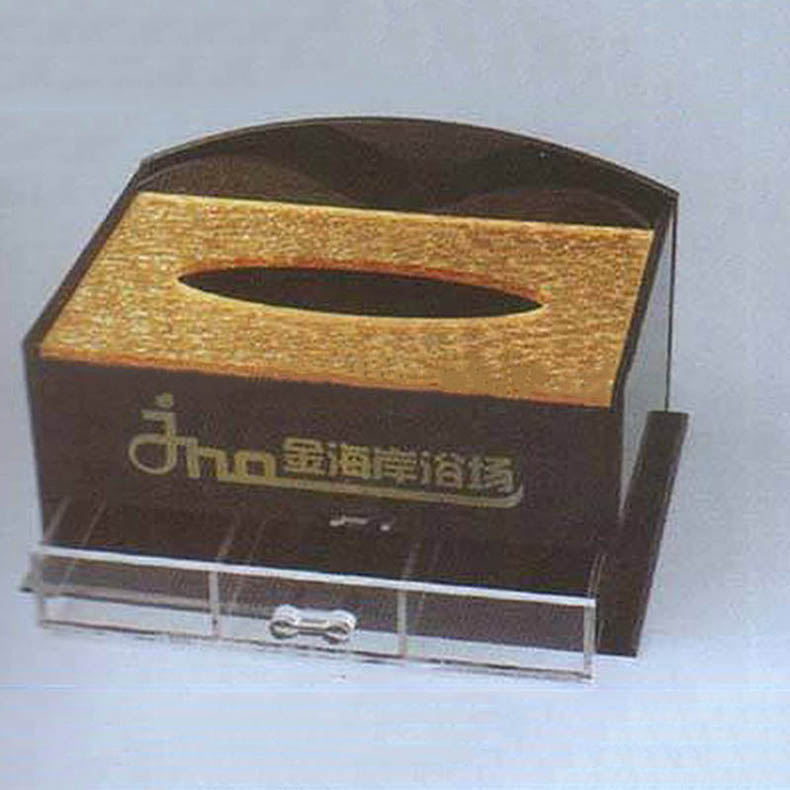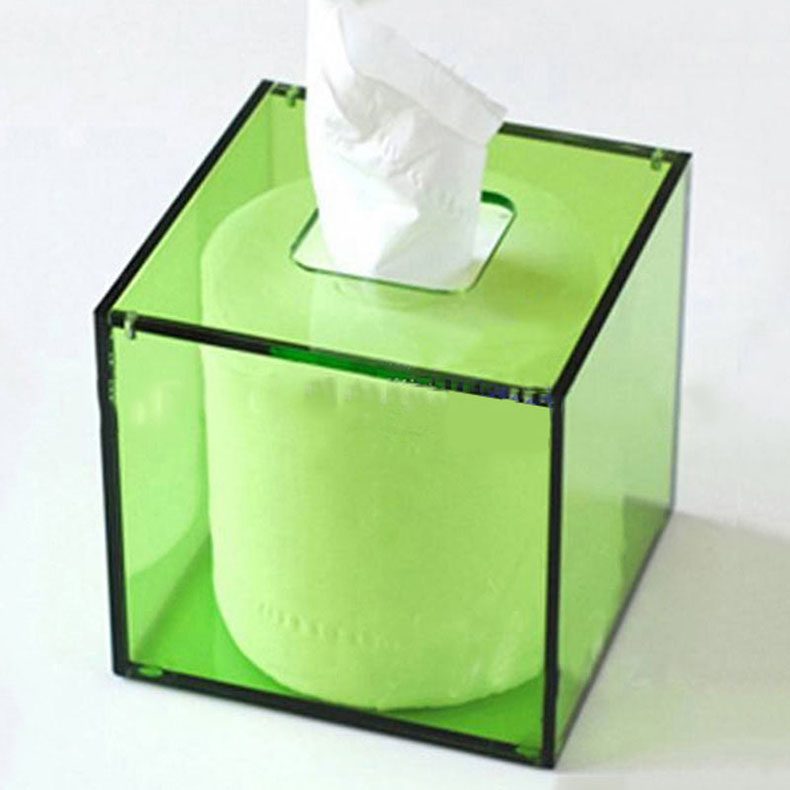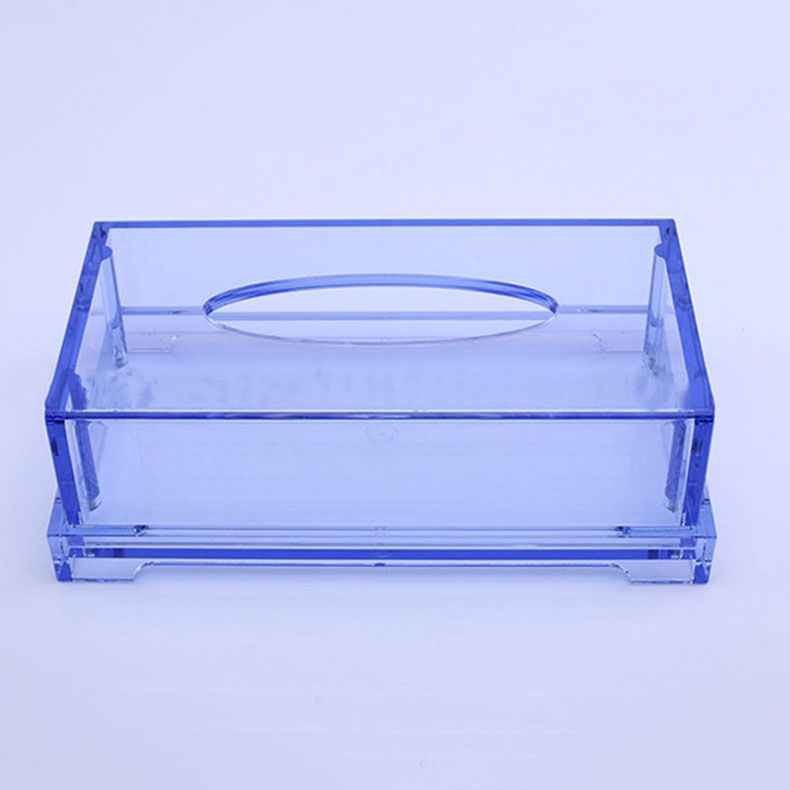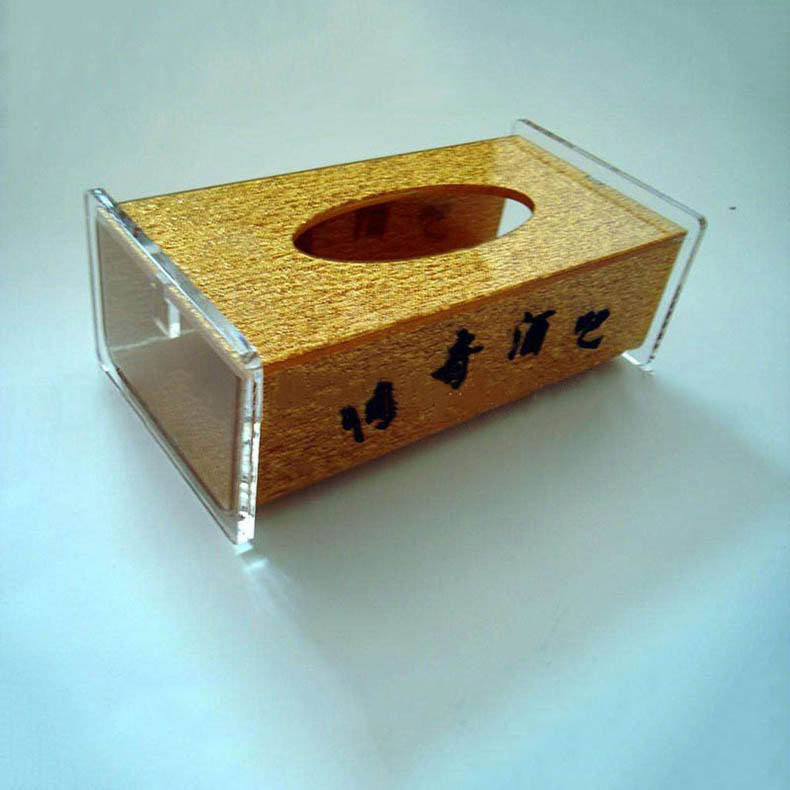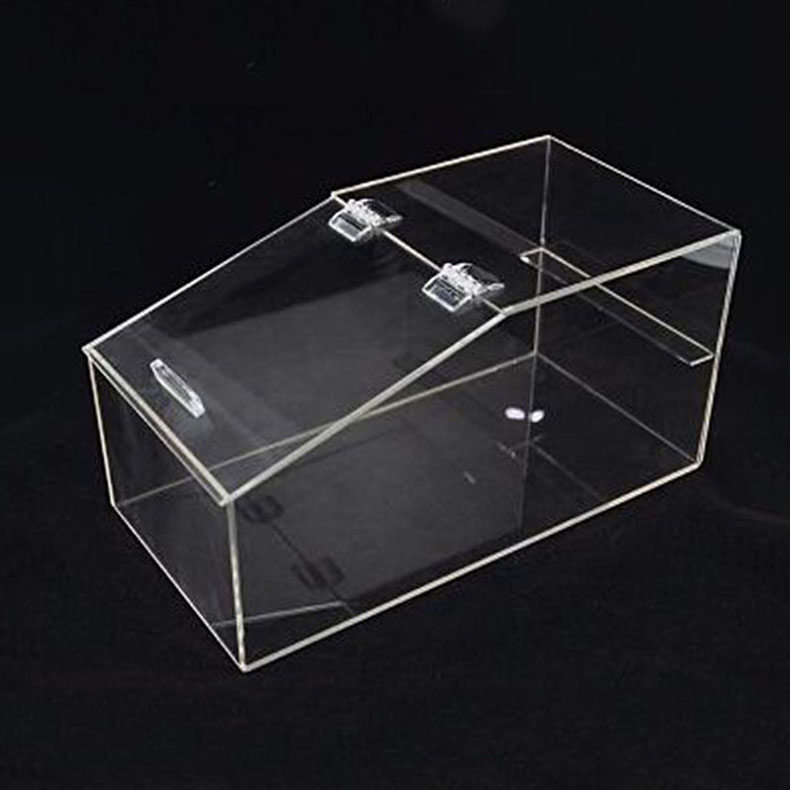Exploring Wall Clock Materials: From Traditional to Contemporary
In the world of interior design, wall clocks serve not only as functional timekeeping devices but also as decorative accents that can enhance the aesthetic appeal of a space. The materials used to craft these timepieces play a crucial role in determining their appearance, durability, and overall style. From traditional materials like wood and metal to contemporary options such as acrylic and glass, each material offers its own unique characteristics and contributes to the design of the clock in its own way.
Wood:
Wood has long been a popular choice for crafting wall clocks due to its timeless appeal and natural beauty. Clocks made from wood exude warmth and elegance, making them suitable for a wide range of interior styles, from rustic farmhouse to classic traditional. Common types of wood used for wall clocks include oak, walnut, pine, and cherry. Wood can be carved, stained, or painted to achieve various finishes and designs, allowing for a high level of customization to match different decor preferences.
Metal:
Metal wall clocks are prized for their durability, sleek appearance, and modern aesthetic. Materials such as stainless steel, aluminum, brass, and wrought iron are commonly used to create metal clocks. These clocks often feature minimalist designs with clean lines and metallic finishes, making them ideal for contemporary and industrial-inspired interiors. Metal clocks can be crafted using techniques such as welding, casting, or laser cutting, allowing for intricate detailing and geometric shapes.
Acrylic:
Acrylic is a versatile material that has gained popularity in modern interior design for its clarity, lightweight nature, and ability to mimic the appearance of glass. Acrylic wall clocks offer a contemporary and minimalist look, with a sleek surface that can be transparent, colored, or even textured. Clocks made from acrylic are highly customizable, allowing for innovative designs and artistic expressions. Acrylic clocks are also resistant to moisture and warping, making them suitable for use in bathrooms and kitchens.
Glass:
Glass wall clocks exude sophistication and elegance, with a translucent surface that adds a touch of glamour to any space. These clocks often feature glass faces with metallic or wooden frames, creating a luxurious aesthetic that is perfect for formal living rooms or office spaces. Glass clocks can be embellished with etched patterns, frosted finishes, or even decorative elements such as crystals or gemstones, adding an extra layer of visual interest.
Plastic:
Plastic wall clocks are affordable, lightweight, and available in a wide range of colors and designs. While they may not offer the same level of elegance as clocks made from wood or metal, plastic clocks are practical options for casual or children's rooms. Plastic clocks are often mass-produced using injection molding techniques, allowing for cost-effective production and easy customization in terms of shape and color.
Mixed Materials:
In recent years, designers have begun experimenting with combining different materials to create unique and eclectic wall clocks. For example, a clock may feature a wooden frame with metal accents, or a glass face with acrylic hands. These mixed-material clocks offer a contemporary twist on traditional designs, adding visual interest and depth to any room.
In conclusion, the choice of material plays a significant role in shaping the appearance, style, and functionality of a wall clock. Whether it's the warmth of wood, the sleekness of metal, the versatility of acrylic, the elegance of glass, or the affordability of plastic, each material offers its own set of advantages and aesthetic qualities. By carefully selecting the right material, homeowners can find a wall clock that not only suits their practical needs but also enhances the overall design of their living space.



